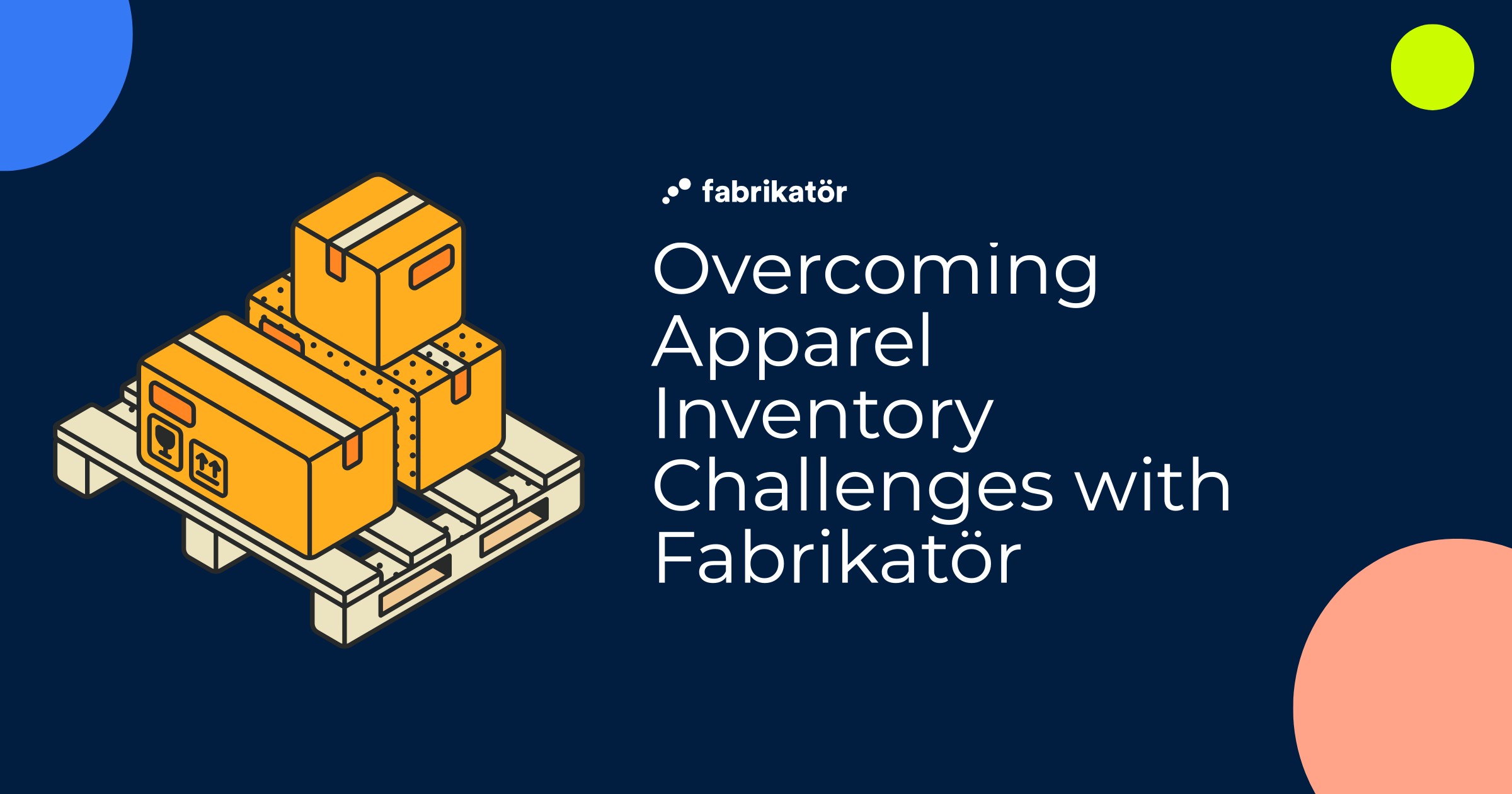How Discount Code Strategy Shapes BFCM 2025 Success

The most successful Black Friday Cyber Monday campaigns aren't built on the deepest discounts. They're built on the smartest ones.
While brands frantically prepare their BFCM 2025 discount strategies, most are missing a critical piece of the puzzle: how discount codes interact with inventory planning, cash flow, and long-term profitability. The brands that thrive during peak season understand that discount codes aren't just marketing tools—they're operational levers that can make or break your entire year.
After working with hundreds of commerce brands through multiple BFCM seasons, we've seen the same patterns emerge. The brands that nail their discount strategy don't just drive more sales during the peak weekend. They protect their margins, clear the right inventory, and set themselves up for a stronger Q1.
The Hidden Cost of Discount Code Chaos
Most brands treat discount codes as a marketing afterthought. They pick a percentage, set some basic rules, and hope for the best. But discount codes touch every part of your operation.
Consider this: Adobe reported that online sales during BFCM 2023 reached $37.2 billion, with an average discount rate of 27% across all categories. But here's what the numbers don't tell you—the brands offering the deepest discounts weren't necessarily the most profitable ones.
The real challenge isn't creating compelling offers. It's creating offers that serve your broader business goals while moving the inventory you actually need to move.
When discount codes aren't aligned with inventory reality, you end up in one of two painful situations: stockouts on profitable items you didn't want to discount heavily, or excess inventory on slow-moving products that even deep discounts couldn't save.
Inventory-First Discount Planning
The smartest BFCM discount strategies start with inventory, not inspiration.
Before you decide on percentage discounts or promotional mechanics, you need to understand what inventory story you're trying to tell. Are you clearing seasonal overstock? Testing price sensitivity on new products? Driving volume on high-margin items?
One fashion brand we work with completely transformed their BFCM performance by segmenting their discount strategy around inventory age and velocity.
New arrivals got modest 15% discounts to test demand.
Core products with healthy margins earned 25% discounts to drive volume.
Slow-moving inventory from previous seasons received aggressive 40-50% discounts to clear space and recover cash.
This wasn't just about moving products. It was about using BFCM as a massive demand-sensing exercise while protecting the economics that matter most.
The result? They moved 40% more inventory units than the previous year while maintaining a higher average margin across their entire BFCM weekend.
The Cash Flow Reality
Discount codes also impact your cash flow in ways that aren't immediately obvious. Deep discounts might drive impressive GMV numbers, but they can create serious cash flow challenges if you're not careful about timing and inventory investment.
According to the National Retail Federation, retailers typically see 19.5% of their annual sales occur during the November-December holiday season. But for many commerce brands, BFCM weekend alone can represent 15-25% of their entire year's revenue.
That concentration creates opportunity—and risk. If your discount strategy isn't aligned with your inventory investment and payment terms, you can find yourself cash-strapped just when you need liquidity most for Q1 planning.
Building Discount Rules That Actually Work
Effective discount codes for BFCM require operational discipline, not just creative thinking.
• Minimum order thresholds that align with your unit economics
• Product exclusions that protect new launches and high-margin items
• Usage limits that create urgency without destroying profitability
• Time windows that drive behavior without cannibalizing full-price sales
The key is understanding that every discount rule should serve a specific operational purpose. Minimum order thresholds aren't just about increasing average order value—they're about ensuring your fulfillment costs don't destroy the economics of discounted sales.
Product exclusions aren't about being stingy—they're about protecting the pricing integrity of products that don't need promotional support to sell.
The Segmentation Advantage
The most sophisticated brands don't use one-size-fits-all discount codes. They create segmented offers based on customer behavior, inventory needs, and margin requirements.
VIP customers might get early access to moderate discounts on new products. Email subscribers could receive targeted offers on slow-moving inventory in their preferred categories. First-time visitors might see aggressive discounts on starter products designed to drive acquisition.
This approach requires more operational complexity, but it delivers much better results. Instead of training all customers to expect deep discounts, you're using targeted offers to achieve specific business objectives.
Technology and Operational Readiness
Your discount code strategy is only as good as your ability to execute it operationally.
During BFCM 2023, Shopify processed over 61 million orders worldwide, with peak traffic reaching 3.5 times normal levels. Your discount code infrastructure needs to handle not just the volume, but the complexity of multiple offers running simultaneously.
This means testing your discount logic well before the big weekend. It means having clear processes for monitoring performance and making real-time adjustments. It means ensuring your customer service team understands every offer and can resolve issues quickly.
One cosmetics brand learned this lesson the hard way when their BFCM discount codes created an unexpected interaction with their subscription pricing. The result was hundreds of customer service inquiries and confused customers who couldn't understand their final pricing.
The operational prep work isn't glamorous, but it's what separates brands that execute flawlessly from those that spend their peak weekend putting out fires.
Real-Time Performance Monitoring
BFCM moves fast. By the time you realize a discount code isn't performing as expected, you might have already lost significant revenue or margin.
The brands that perform best during peak season have real-time visibility into how their discount codes are impacting key metrics: conversion rates by traffic source, average order value trends, margin impact, and inventory movement velocity.
This visibility enables quick adjustments. Maybe your 25% discount isn't driving enough volume on slow-moving inventory—you can test a higher threshold. Maybe your exclusive early access offer is performing better than expected—you can expand the audience.
Post-BFCM Inventory Reality
Your BFCM discount strategy doesn't end when Cyber Monday wraps up. The inventory decisions you make during peak season directly impact your Q1 planning and cash flow.
Brands that use aggressive discount codes to clear excess inventory often find themselves in a strong position for spring planning. They've converted slow-moving stock into cash and shelf space for new products.
But brands that discount core products too heavily can create customer expectations that damage pricing integrity for months afterward. The "will this go on sale again?" mentality can significantly impact full-price sales velocity in Q1.
This is why strategic brands often use BFCM to test pricing elasticity on different product categories. The data you gather during peak season—when traffic and conversion intent are highest—provides valuable insights for year-round pricing strategy.
Learning for Next Year
Every discount code you run during BFCM generates data about your customers, your products, and your market positioning.
Which discount thresholds drove the best unit economics? Which product categories responded most strongly to promotional pricing? Which customer segments were most price-sensitive?
The brands that capture and analyze this data systematically are the ones that improve their BFCM performance year over year. They're not just running promotions—they're conducting controlled experiments that inform their entire commercial strategy.
At Fabrikatör, we help commerce brands bring structure and clarity to their inventory planning process, including how promotional strategies impact demand forecasting and stock management. By connecting sales data, marketing insights, and purchasing workflows, our platform enables operators to understand how discount codes affect inventory velocity and plan accordingly. Book a demo with Fabrikatör to see how your team can make smarter, calmer decisions around peak season planning.
Building Your 2025 BFCM Discount Framework
As you prepare for BFCM 2025, start with your inventory reality and work backward to your discount strategy.
Identify which products need promotional support to move and which products should maintain pricing integrity. Understand your cash flow timing and how different discount structures impact your unit economics. Build operational processes that can handle complexity while maintaining customer experience quality.
The brands that approach BFCM discount codes as operational tools—not just marketing tactics—are the ones that use peak season to strengthen their entire business. They drive sales, improve inventory health, and gather insights that fuel growth well beyond the holiday weekend.
Remember: the goal isn't to offer the deepest discounts. It's to offer the smartest ones that serve your broader business objectives while delivering genuine value to customers. That's how you turn BFCM from a margin-killing necessity into a strategic advantage that compounds throughout the year.










